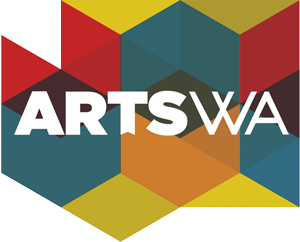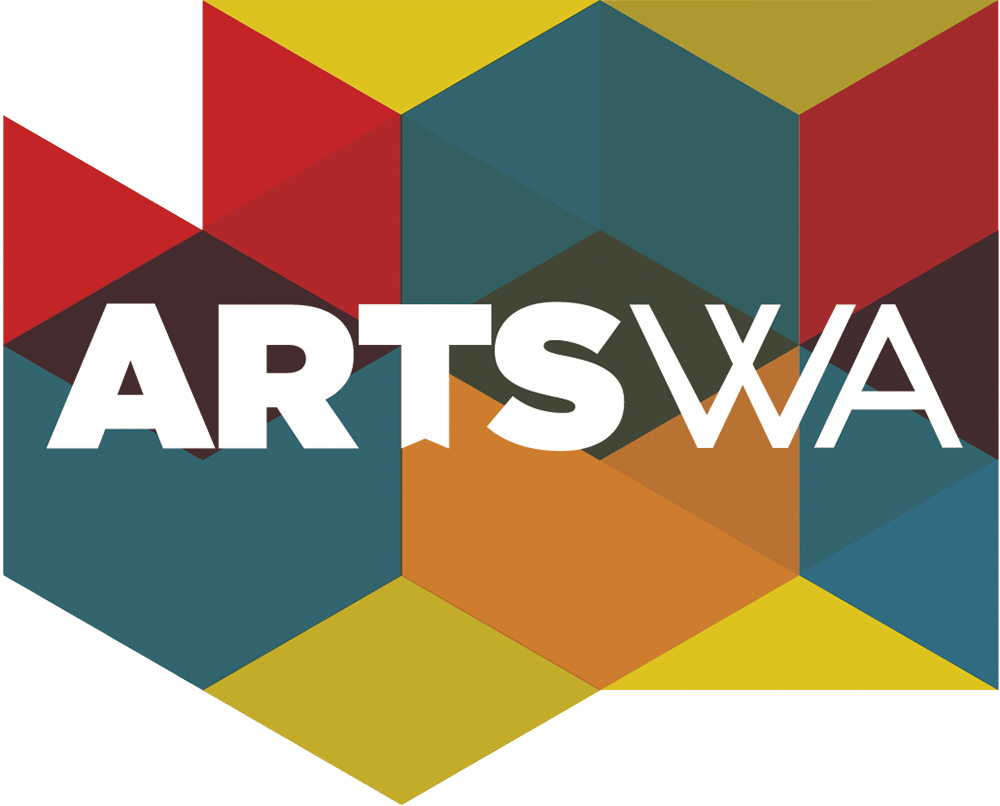Welcome Figure, 1980
Lance Wilkie
(American | Makah, born 1955, died 2015)
Location: Neah Bay Elementary, Neah Bay
ABOUT THE ARTWORK
Makah artist Lance Wilkie carved this twelve-foot tall Welcome Figure in the Indigenous Coast Salish tradition. The figure faces the arriving guests and his hands are stretched out in a welcoming gesture. Tall human figures known as “welcome figures" are a Coast Salish tradition and greeted guests along the water throughout Puget Sound. In recent decades, they have become more popular and common once again.
This artwork was acquired for the State Art Collection in partnership with Cape Flattery School District.
ABOUT THE ARTIST
Native American Makah artist Lance Wilkie (1955-2015) was a master carver who created artworks and canoes in the Coast Salish tradition. He was based in Neah Bay, on the Olympic Peninsula in Northwestern Washington.
After attending the University of Washington in Seattle from 1973-75, Wilkie worked at the Ozette excavation site in Neah Bay and as a fisheries technician for the Makah Tribe. He worked for the Makah Cultural and Research Center in Neah Bay to help preserve language and cultural traditions. Wilkie carved many canoes, including ones for the Canadian Canoe Museum and the Field Museum of Natural History in Chicago. He also constructed several traditional Coast Salish buildings, including a shed roof house for the Burke Museum in Seattle, a Salish longhouse for the Washington State Historical Society in Tacoma, and an outdoor longhouse at the Makah Cultural and Research Center in Neah Bay.
ARTWORK DETAILS
| Material Category | Sculpture - wood |
| Medium | Carved cedar log |
| Dimensions | 10 ft x 4 ft |
| ID Number | WSAC1980.074.000 |
| Acquisition Method | Direct purchase |
| Artist Location | Washington, United States |
Location Information
| Agency | Cape Flattery School District |
| Artwork Location | Neah Bay Elementary Foyer |
| WA County | Clallam |
| Placement | Interior |
| Site Type | Public School |
| Address | 3560 Deer Street Neah Bay, WA 98357 |
| Geo. Coordinates | 48.363285, -124.622415 |
| Before Visiting | Some artworks may be located in areas not accessible to the general public (especially in K-12 public schools). Consider contacting the site prior to a visit to ensure access. |
| Map |
Related







_edited.jpg)
_Edited.jpg)
_edited.jpg)
_Edited.jpg)
_edited2.jpg)